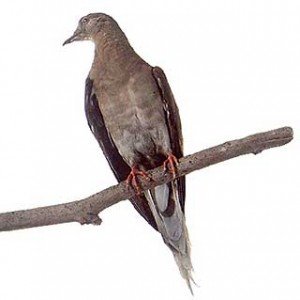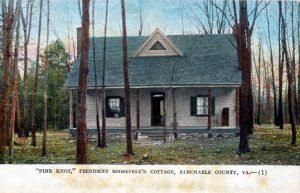It was just about a hundred years ago that Martha dropped dead. She was found on the floor of her cage at the Cincinnati Zoo and that was that – the end of the last known passenger pigeon on the planet.

One lifeless bird signified the extinction of a species whose population once numbered in the billions, perhaps the most abundant bird in the world. They were large, grayish pigeons, not flashy, not exotic, yet in descriptions, something about them evoked the language of magic or mythology: the golden-green iridescence that lit up their plumage, the surprise of their bright carmine eyes. And their very abundance only added to this mythology. They traveled in enormous flocks that “darkened the skies” and the beating of all those wings was said to have created gusts of wind felt by the onlookers below
One observer reported that the “light of noon-day was obscured as by an eclipse” when a migrating colony of passenger pigeons flew over – and that this went on for three full days as the skies remained filled with the mammoth and continuous flock streaming by. Like falling under a spell or an enchantment, he reported that “the buzz of all those wings had a tendency to lull my senses to repose.” This truly might seem the stuff of fairy tales except for the fact that this observer was John James Audubon, writing in his Ornithological Biography, published in 1831.
 So what happened to all those birds? For one thing, the flip side of traveling en masse is that it makes you an easy target. Audubon goes on to describe the banks of the Ohio River, “crowded with men and boys, incessantly shooting” down the passenger pigeons, killing “multitudes.” Trappers also netted them, hundreds at a time. They were hunted as food and for feathers used in millinery and mattresses. As the country developed, habitats were wiped out and scientists suspect there may have been other natural causes, such as weather, disease and food shortages that contributed to the species’ decline. By the late 19th century, when it was finally widely recognized that the birds were disappearing, their population had already dropped below critical mass. Attempts were made to breed the few pigeons held in captivity – like Martha – but these were not successful.
So what happened to all those birds? For one thing, the flip side of traveling en masse is that it makes you an easy target. Audubon goes on to describe the banks of the Ohio River, “crowded with men and boys, incessantly shooting” down the passenger pigeons, killing “multitudes.” Trappers also netted them, hundreds at a time. They were hunted as food and for feathers used in millinery and mattresses. As the country developed, habitats were wiped out and scientists suspect there may have been other natural causes, such as weather, disease and food shortages that contributed to the species’ decline. By the late 19th century, when it was finally widely recognized that the birds were disappearing, their population had already dropped below critical mass. Attempts were made to breed the few pigeons held in captivity – like Martha – but these were not successful.
The last confirmed sighting of a passenger pigeon in the wild was in 1900, when a boy in Ohio shot one out of a tree, killing it. That’s how bird sightings were confirmed in those days. There were other, later reported sightings, never verified, but a compelling case can be made that one of the last places the birds were ever spotted was right here in Streetlight’s home territory of Albemarle County, Virginia.
It happened on a May day in 1907, in woodlands near a secluded cottage in Keene, VA, a kind of storybook setting for an event that, even at the time, seemed not quite real. “I almost doubted my eyes,” the observer reported, yet there they were: a dozen passenger pigeons, flying rapidly around, alighting in a tall, dead pine tree, soaring off again. A species he had not seen “for twenty-five years and never dreamed I should see any again.” What makes this account more than just bullfeathers is the fact that the observer was an experienced birder, naturalist and hunter who also happened to be President of the United States at the time.
Teddy Roosevelt and his wife Edith owned the simple Virginia farm cottage which had no indoor plumbing or electricity and its surrounding 15 acres. They called the place Pine Knot and used it as a weekend retreat during his White House years. Roosevelt spent much of his time there hiking or on horseback, observing wildlife – and sometimes hunting it. When he reported his passenger pigeon sighting, there were skeptics, but there were supporters too, including the ornithologists at the American Museum of Natural History, who respected the president’s training and experience as a naturalist. And, in 1976, Purdue University Biology professor Alton A. Lindsey wrote that the evidence strongly indicated that Roosevelt identified his flock correctly, making him “the last trained, qualified naturalist to see a flock of wild passenger pigeons.”
Still the sighting will always be unconfirmed. Roosevelt had no gun with him that day. “And in any event,” said the President who was among the most skilled marksmen of his time, “nothing could have persuaded me to shoot them.”
—Suzanne Freeman
More info: Martha, the last passenger pigeon may be seen at a current exhibition at the Smithsonian in Washington, D.C. More general information about passenger pigeons can be found here. The Roosevelts’ cottage, Pine Knot, is now maintained as an historic site and may be visited by appointment.
Follow us!Share this post with your friends.
